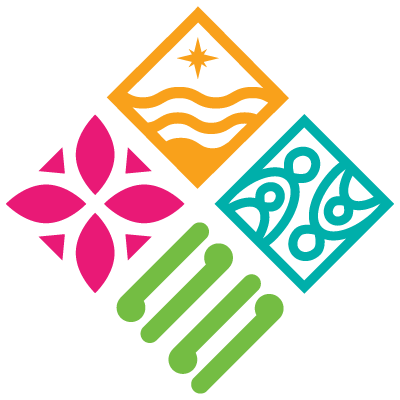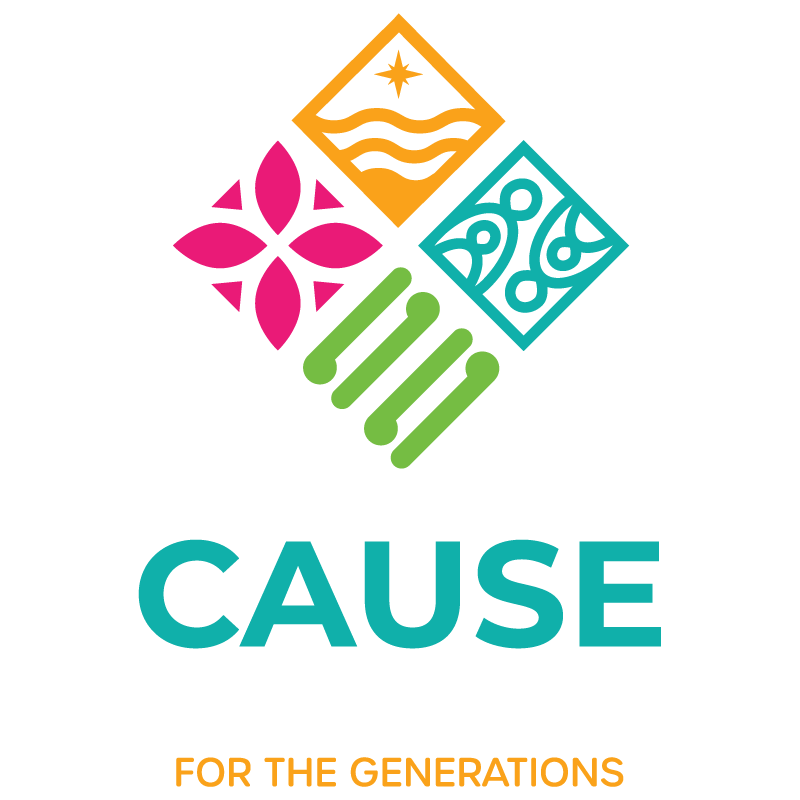
To celebrate the season of Matariki 12 master weavers told the stories of significant stars phases, the moon and seasons.
A group of six Maori and six Pasifika weavers participated in the inaugural Te Mata o Rehua Weaving Symposium, each creating up to 3 x 3 metre sculptures and art works from harakeke or other mediums over five days.
This year’s event followed on from the success of last year’s inaugural carvers symposium where ten mana whenua and mataawaka artists carved artworks from Oamaru stone to create a star compass.
The weaving symposium ended with a collective display of the maramataka aligned raranga/weaved pieces at the Te Mata o Rehua Maramataka Cultural Market . The market showcased indigenous and ethnic kai, crafts, creative wares and local enterprise on Saturday June 29 in Manukaus Civic Square.
The market fell on the maramataka moon phase of omauri, a day that gives permission to slow down and unwind. Local performers were part of the day’s activities as well as music from local station RepFM.
Stall holders for the Market day included Papatuanuku Kokiri Marae promoting their Hua Parakore or organic vegetables, Rukau Hut – a Cook Islands food enterprise, Hangi Underground and Maketi Samoa who shared fresh taro imported from Samoa.
The Te Mata o Rehua celebration provided a health focused, whanau-friendly series of activities delivered in partnership with Healthy Families South Auckland, The Southern Initiative and Panuku Placemaking South.
Ole Maiava from Panuku Placemaking South says Te Mata o Rehua recognises that various iwi celebrate their New Year by the setting of Rehua and the rising of Puanga.
“This provides an opportunity to celebrate Matariki in a way that acknowledges traditional knowledge, arts and crafts but also embraces modern technology. The weaving symposium specifically, looks to incorporate key tohu indicators of maramataka, through stars, seasonal changes and different phases of the moon cycle,” says Maiava.
“We’re also asking artists to use the symposium to try different mediums if they wish to experiment. For example instead of using harakeke they could create works using lashing etc.”

Mason Ngawhika, Kaiārahi Māori Healthy Families South Auckland says since navigating the vast oceans of the Pacific, and long-term occupation of Aotearoa, Māori and other Pacific peoples have relied on lunar calendars to measure the cycles of the natural environment.
“In our unrelenting pursuit towards urbanisation, an awareness of the seasons starting with the celebration of Matariki, may be the most immediate way of reconnecting to our natural world and realising we are all under the same ‘roof’, influenced by the moon and stars.”
He adds that Te Mata o Rehua is about creating a cultural, indigenous food market that is environmentally connected.
“Our tipuna (ancestors) understood their environment and how we are all connected through the whenua (land), rangi, (sky) and moana (seas). Maramataka was based on this close relationship and by closely observing their environment, they were able to identify days each month that were better suited for particular activities and tohu (signs) to help predict the season ahead.”
With the resident population set to increase from 6,000 to 20,000 people, Manukau has been identified by Panuku as a transform location. But in order for it to reach its full potential it requires a long-term, integrated, holistic and custodial approach to its development.
The urban regeneration project has provided the platform to focus community development towards ‘thinking local’ and, embed indigenous cultural narratives across the Manukau urban landscape.
David Rameka of Auckland Council’s, The Southern Initiative says they’ve been using maramataka to help guide them in some of their team’s work activities.
“This helps give intent to Council’s high level statement regarding a thriving Māori identity being Auckland’s point of difference.”
He says there’s currently a number of organisations across the community including marae, schools, kura Māori and whānau that are utilising the maramataka in their respective activities.”

